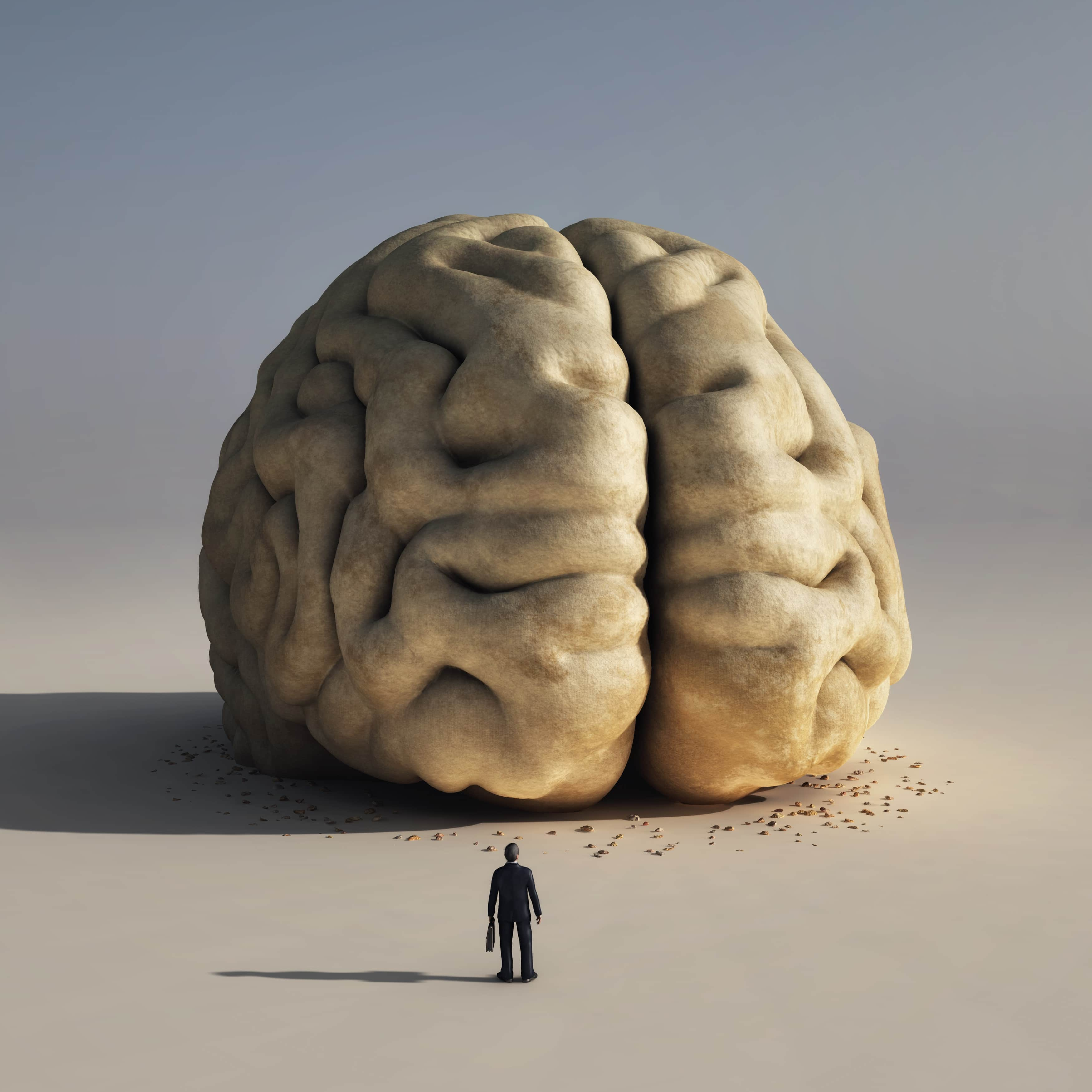Article
Cannabis Shown to Relieve Parkinson Disease Symptoms
Author(s):
A recent survey found that patients experienced relief of certain motor and nonmotor symptoms of Parkinson disease from using cannabis.
A recent survey on community perceptions of cannabis use in patients with Parkinson disease (PD) found that patients reported cannabis to be effective at reducing symptom severity.
Results also show a lack of knowledge on the different types and administration routes among patients. Researchers said that this is the largest study analyzing the view of patients on cannabis therapy in PD.
The study, published in Journal of Parkinson’s Disease, took place in Germany, which in 2017 approved medical cannabis (MC) as a therapy for patients with severe symptoms of PD when other therapies were unsuccessful or not tolerable. MC is eligible for reimbursement in these cases.
Although many cannabis products and formulations are available to patients, there is a lack of controlled clinical studies addressing MC effectiveness on PD symptoms. It’s also unclear which PD symptoms would be best treated with MC, whether certain cannabis formulations are more effective, or which routes of administration (ROA) patients would prefer most. Further, the prevalence of MC use and patient opinion on its use for PD symptoms relief are unknowns.
The researchers conducted the nationwide, cross-sectional–based survey by embedding a self-developed questionnaire into an issue of the German Parkinson Association’s journal from March 2019 and by distributing it to select patients who visited their movement disorder outpatient clinic from March 4 to April 21, 2019, to control for report bias. The cut off-date for questionnaire returns was May 12, 2019.
The questionnaire contained 16 categories and 25 questions, with the latter focusing on subject demographics, patient knowledge about cannabis use in PD, experience with cannabis use, and efficacy and tolerability of cannabis application in users.
Of the 24,000 distributed questionnaires, 1126 were returned and 1123 (4.7%) were included in the analysis. Of the 250 patients invited to take part in the survey, 225 (90%) returned the questionnaire, all of which were included in the analysis.
In total, 1348 participants were evaluated, with 54.7% being men, 45.2% being women, and 0.1% not answering. Most (83.3%) were from the nationwide survey and 225 (16.7%) were from the clinic. The mean (SD) age of all subjects was 71.6 (8.9) years, and the mean disease duration was 11.6 (7.2) years.
Cannabis users made up 15% of participants, of which 13.9% were regular users, 32.2% were occasional users, and 42.6% had tried it once; 11.4% (23) did not answer. Users were on average 5.6 (P < .001) years younger than nonusers.
Fifty-four percent reported experiencing a clinical benefit from MC. This was typically reported by more frequent users than occasional and 1-time users (79% vs 67% vs 25%). Additionally, 50.8% of users rated MC as more beneficial than levodopa/dopamine agonists at improving PD symptoms and 23% rated MC to be equal in effectiveness.
Pain (43.9%) and muscle cramps (41.4%) were the most commonly reported symptoms improved by cannabis use. Overall, relief for 9 motor symptoms, such as akinesia and freezing, and nonmotor symptoms, such as sleep disturbance, depression, anxiety, and restless leg syndrome, were reported by more than 20% of users.
Overall, knowledge about MC legality was reported by 51.1% of participants, 28.3% of whom had knowledge on the ROA of cannabis, such as inhalation and liquid drops. Only 8.8% knew the difference between delta9-tetrahydrocannabinol (THC) and cannabidiol (CBD).
These numbers were higher among cannabis users, with 91% being aware of the legal status of MC and various ROA (P < .001). Cannabis users were also more likely to know the difference between THC and CBD than nonusers (49.6% vs 9.1%), while 69.9% could specify the type of cannabinoid they used, suggesting that knowledge about which substance they were using did not mean that they necessarily knew about the different clinical benefits of each type.
“This seems not exceptional because, [for example], many patients can name their specific dopamine agonist but do not know the differences between dopamine agonists in general,” wrote the investigators.
Limitations of the study included a low response rate, lack of information on what symptoms led patients to try cannabis as a PD therapy, and a possible placebo effect.
The investigators said that future controlled clinical studies should investigate the efficiency, tolerability, and best ROA of MC therapy in patients with PD.
Reference
Yenilmez F, Fründt O, Hidding U, Buhmann C. Cannabis in Parkinson’s disease: the patients’ view. J Parkinson Dis. Published online November 11, 2020. doi:10.3233/JPD-202260





